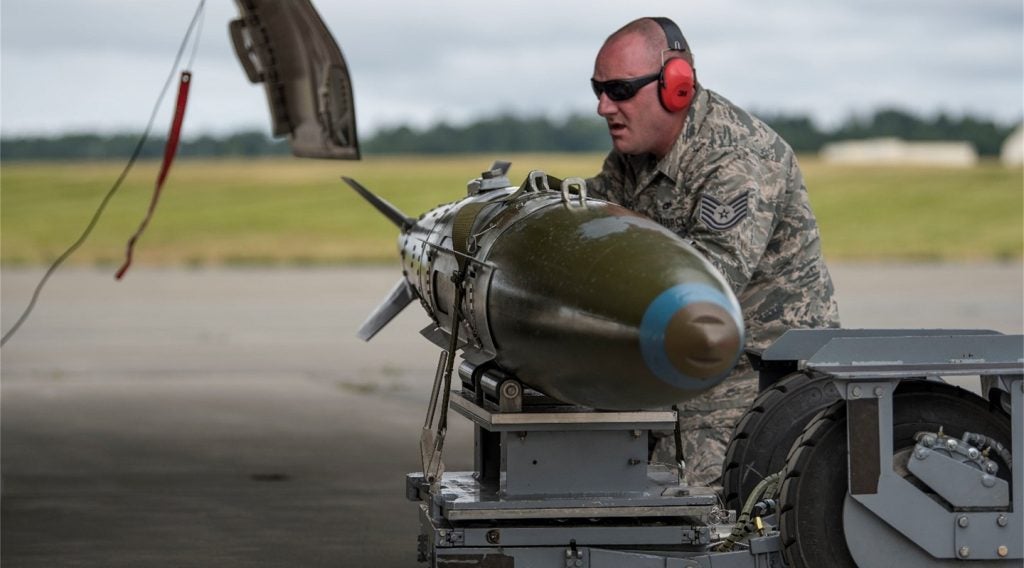
Sensors have become integral for reliable and actionable insight. The Defense Advanced Research Projects Agency (DARPA) has developed a sensor that can withstand thermal limitations that restrict the functionality of most other sensors.
The capabilities of sensors can be inhibited by thermal limitations. A sensor may theoretically be able to process inputs such as speed, pressure, or the integrity of a mechanical component, but inside a turbine engine, temperatures far exceed what any existing sensor can withstand.
DARPA’s High Operational Temperature Sensors (HOTS) programme will work toward developing develops microelectronic sensor technologies capable of high-bandwidth and high-dynamic-range sensing at extreme temperatures.
“Many of the defence and industrial systems that rely on sensors experience harsh environments beyond the capability of today’s high-performance physical sensors. That means these systems have to be designed and operated with reduced performance and excessive margins – they’re limited by the uncertainty of their thermal environments.
“However, if we can design, integrate, and demonstrate high-performance physical sensors that can operate in high-temperature environments, we can advance toward systems that perform at the edge of their capability instead of the limits of uncertainty,” the programme manager for HOTS Dr Benjamin Griffin stated.
Microelectronic components
An important component within the HOTS sensor system are microelectronic technologies.
How well do you really know your competitors?
Access the most comprehensive Company Profiles on the market, powered by GlobalData. Save hours of research. Gain competitive edge.

Thank you!
Your download email will arrive shortly
Not ready to buy yet? Download a free sample
We are confident about the unique quality of our Company Profiles. However, we want you to make the most beneficial decision for your business, so we offer a free sample that you can download by submitting the below form
By GlobalDataAccording to DARPA, sensors that can withstand thermally harsh conditions are limited to low-sensitivity transducers located in hot zones coupled via noisy electrical connections to remote, temperature-constrained, silicon signal-conditioning microelectronics in cold zones. The resulting integrated sensors lack the combination of frequency bandwidth and dynamic range essential for high-temperature missions.
Physical sensors that can overcome these limitations and optimally perform in high-temperature environments – without additional thermal management – will enable critical operations that include monitoring stability and functionality in extremely hot system components. Combinations of emerging materials, fabrication techniques, and integration technologies that inform new types of transistors and transducers, are among the potential approaches the HOTS programme hopes to demonstrate as a sensor module.
The US Department of Defense recently claimed to have secured the US to “a dominant position in the microelectronics industry” because of its state of the art heterogenous integrated packaging (SHIP) programme.







